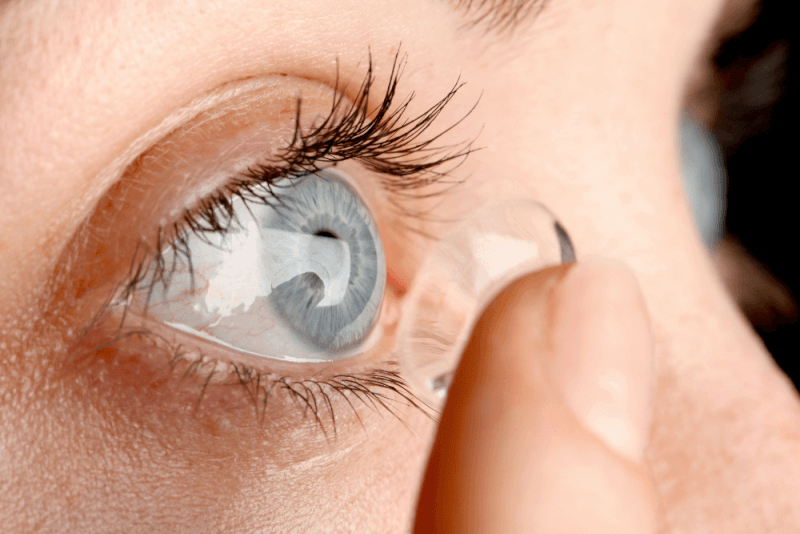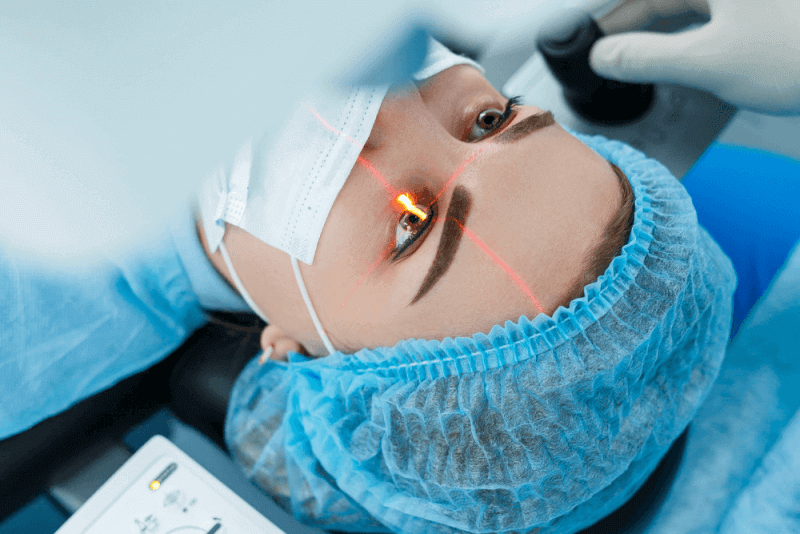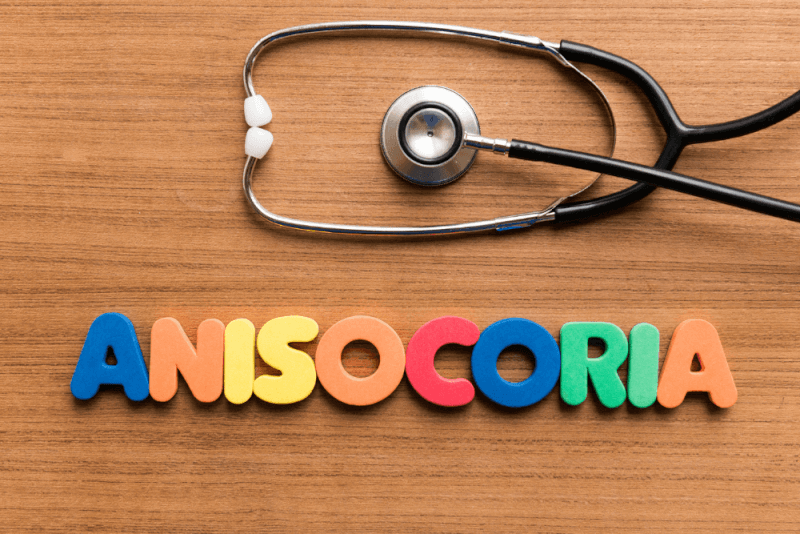What is tear duct obstruction (nasolacrimal)?
Tears, which moisturize the eye, drain through a small opening in the corner of the eye near the nose. The fluid enters the nose through this channel and is excreted from the body. A blocked tear duct is a complete or partial blockage of the nasal passageways that drain tears. If the tear duct is blocked, the eyes can become irritated and itchy. Tear duct obstruction is also called nasolacrimal duct obstruction.
Partial tear duct obstruction
In some people, the tear duct may be partially blocked. In people with partial tear duct blockage, tears can pool and may not flow properly. The accumulation of tears can cause infection in the eye. The treatments for partial tear duct obstruction are the same as the treatments for complete tear duct obstruction.
Tear duct obstruction (nasolacrimal) diagnosis
In order to diagnose tear duct obstruction, experts question the symptoms. Other tests that can be applied include the following.
- In the tear drainage test, a drop of dye is placed in each eye. If the paint does not drain from the eye, it is thought that the tear duct may be blocked.
- In the eye imaging test, the doctor first instills a special and safe dye into the eye. this dye passes through the tear drainage system. A CT scan or MRI is used to help find the blockage.
- Irrigation and probing uses a special liquid to clean the tear duct. A small instrument can also be inserted into the tear duct from the corner of the eye to find the blockage.
Causes of tear duct obstruction (nasolacrimal)
Tear duct obstruction is a health problem that can be seen in people of all ages. However, there are some factors that cause tear duct obstruction. These factors include the following.
- The tear duct naturally narrows with age.
- In some babies, the tear ducts are not fully developed or are not formed at all. These obstructions are called congenital obstructions.
- Tear duct obstruction is frequently seen in people with chronic sinus infections or eye infections.
- Injury to the eye from any area near the tear duct causes tear duct obstruction. Even scratches caused by a small foreign body can cause blockage of the tear ducts
- Tumors that form near the tear ducts can cause blockage of the tear ducts
Symptoms of tear duct obstruction (nasolacrimal)
Symptoms of tear duct obstruction in adults include the following.
- Watery eyes
- Blurred vision
- Swelling near the inner corner of the eye
- Burring around the eyelids
- Redness of the white part of the eye
- Formations such as mucus or pus around the eyes
The symptoms of tear witnessing in infants are different from those of adults. Because babies do not shed tears until they are a few weeks old. For this reason, especially in a newborn baby, a blocked tear duct may not be immediately noticeable. As babies grow older, they begin to show signs of tear duct obstruction. These symptoms include the following.
- Redness around the eyes
- The baby forms the eye continuously
- Tears running down the baby's cheek instead of out of the corner of the eye
- Tears accumulate in one corner of the eye but do not flow
- Yellowish discharge from the eye
Tear duct obstruction (nasolacrimal) treatment methods
The treatment of tear duct obstruction depends on the cause of the obstruction. For example, if there is a blockage of the tear duct due to a tumor, the focus is on removing or shrinking the tumor. Apart from this, the option applied in the treatment of tear duct obstruction includes the following.
Medicines
If tear duct obstruction is caused by an eye infection, oral antibiotics or antibiotic eye drops are prescribed.
Probing
The tear duct opening in the corner of the eye is widened. Fluid is then sent through the tear duct using a small probe. Flushing the tear duct allows the blockage to be temporarily eliminated.
Adding a stand
To do this, a small, hollow tube is inserted into the tear duct. This tube is called a stent. The stent ensures that the tears flow smoothly. Stents usually remain in the tear duct for 3 months. Stents placed in the tear duct can be seen from the corner of the eye.
Balloon catheter dilatation
In this procedure, which is performed under general anesthesia, a small balloon is inserted into the tear duct. The balloon is then inflated several times to remove the blockage.
Snip punktoplasty
For this, 2 or 3 small incisions are made around the puncta. A large tear duct opening is then created through these incisions. This is the most common treatment for the removal of partial blockages
Dacryocystorhinostomy
Dacryocystorhinostomy, also called DCR, is performed if other treatment options do not bring any relief to the tear duct obstruction. This procedure creates a new pathway for tears to flow into the nose.
DCR is a surgical procedure. For this reason, anesthesia is administered to keep patients calm and numb during surgery. Among the surgical steps applied afterwards are the following.
- An external connection is created between the lacrimal sac and the nose. To achieve this, the surgeon makes small incisions. Various medical instruments can also be inserted into the nose
- Stents are placed to keep the new canal open during healing
After surgery, patients are usually discharged on the same day and it may take 3 to 4 months to remove the stents.
Treatment of tear duct obstruction in infants
Different methods are applied in the treatment of tear duct obstruction in infants. Tear duct obstruction, which is usually seen in newborn babies, heals without the need for any treatment. Especially in the first few months of the baby's life, when the tear ducts fully develop, the only obstruction disappears.
In cases where the obstruction does not heal on its own, a special eyelid massage technique is used to help open the canal. Thanks to this massage, the tears flow as they should.
If the above-mentioned methods are not effective, babies can be treated with dilatation and flushing, balloon catheters or stents. It has the same procedures as the treatments applied in adults. However, general anesthesia is used to ensure that babies remain immobile and calm during these treatments.
How to prevent tear duct blockage?
In order to prevent blockage of the tear duct, problems such as infection and injury should be treated immediately. Among the points to be considered to prevent infection in the eye are the following.
- Eyes must be created
- Excessive touching of the eyes should be avoided.
- eye drops or cosmetics should not be shared contact lenses should be cleaned according to instructions
- Cosmetics used in the eye should be changed between 3 and 6 months.
- Hands should be washed frequently and thoroughly.







